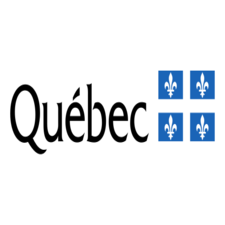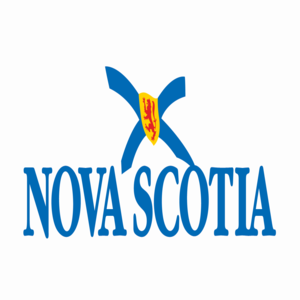RI_538
Type of resources
Available actions
Topics
Keywords
Contact for the resource
Provided by
Formats
Representation types
Update frequencies
status
-

Field projects: basement geology, quaternary, geophysics, etc.**This third party metadata element was translated using an automated translation tool (Amazon Translate).**
-

Inventory of fire hydrants located on the territory of the City of Longueuil and its positioning.**This third party metadata element was translated using an automated translation tool (Amazon Translate).**
-

Border crossings are a feature included on the Official Road Map of Ontario (ORM) for information purposes to the travelling public. Included are highway-land and ferry crossings. It was created as part of the Digital Cartographic Reference Base (DCRB) for the production of the ORM.
-

The number of Electric Vehicles registered in Nova Scotia with an active licence plate attached. This data breaks down the number of electric vehicles by vehicle model year, vehicle make and County of Nova Scotia in which the licence plate owner resides.
-

Mapping of payment terminals on the territory of the City of Longueuil.**This third party metadata element was translated using an automated translation tool (Amazon Translate).**
-

The municipal zoning boundaries of the City of Longueuil are used for the purposes of managing urban planning regulations.**This third party metadata element was translated using an automated translation tool (Amazon Translate).**
-

Inventory of the main buildings located on the territory of the City of Longueuil and its boundaries.**This third party metadata element was translated using an automated translation tool (Amazon Translate).**
-

Urban perimeters correspond to the urbanized boundaries and its future extension of urban-type housing.**This third party metadata element was translated using an automated translation tool (Amazon Translate).**
-
This dataset provides geospatial polygon boundaries for marine bivalve shellfish harvest area classification in Nova Scotia, Canada. These data represent the five classification categories of marine bivalve shellfish harvest areas (Approved; Conditionally Approved; Restricted; Conditionally Restricted; and Prohibited) under the Canadian Shellfish Sanitation Program (CSSP). Data are collected by Environment and Climate Change Canada (ECCC) for the purpose of making applicable classification recommendations on the basis of sanitary and water quality survey results. ECCC recommendations are reviewed and adopted by Regional Interdepartmental Shellfish Committees prior to regulatory implementation by Fisheries and Oceans Canada (DFO). These geographic data are for illustrative purposes only; they show shellfish harvest area classifications when in Open Status. The classification may be superseded at any time by regulatory orders issued by DFO, which place areas in Closed Status, due to conditions such as sewage overflows or elevated biotoxin levels. For further information about the current status and boundary coordinates for areas under Prohibition Order, please contact your local DFO office. This dataset is 'Deprecated'. Please use updated source here. https://open.canada.ca/data/en/dataset/7aef69b5-3aaf-4d50-bb86-083031e6dc47
-
This dataset provides geospatial polygon boundaries for marine bivalve shellfish harvest area classification in Canada (British Columbia, New Brunswick, Newfoundland and Labrador, Nova Scotia, Prince Edward Island and Quebec). These data represent the five classification categories of marine bivalve shellfish harvest areas (Approved; Conditionally Approved; Restricted; Conditionally Restricted; and Prohibited) under the Canadian Shellfish Sanitation Program (CSSP). Data are collected by Environment and Climate Change Canada (ECCC) for the purpose of making applicable classification recommendations based on pollution source assessment and water quality survey results. ECCC recommendations are reviewed and adopted by Regional Interdepartmental Shellfish Committees prior to regulatory implementation by Fisheries and Oceans Canada (DFO). These geographic data are for illustrative purposes only; they show shellfish harvest area classifications that may be superseded at any time by regulatory orders issued by DFO, which place areas in Closed Status, due to conditions such as sewage overflows or elevated biotoxin levels. For further information about the current status and boundary coordinates for areas under Prohibition Order, please contact your local DFO office.
 Arctic SDI catalogue
Arctic SDI catalogue